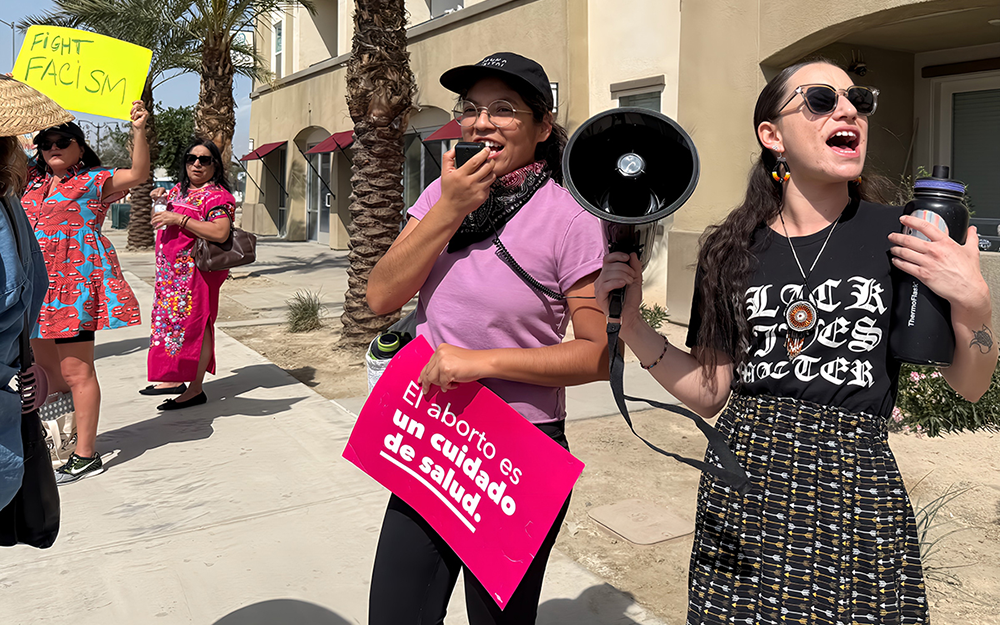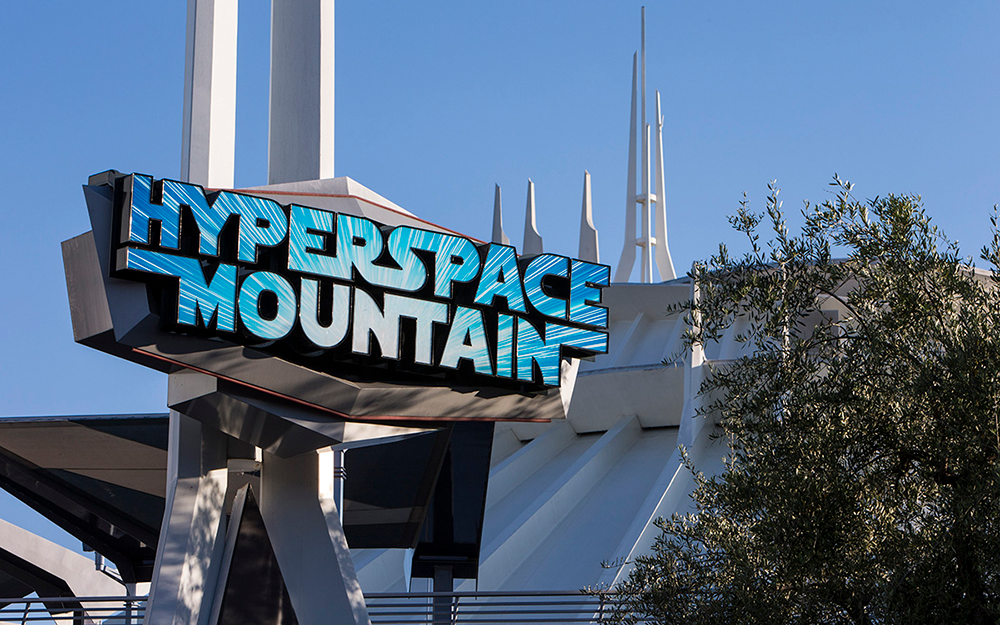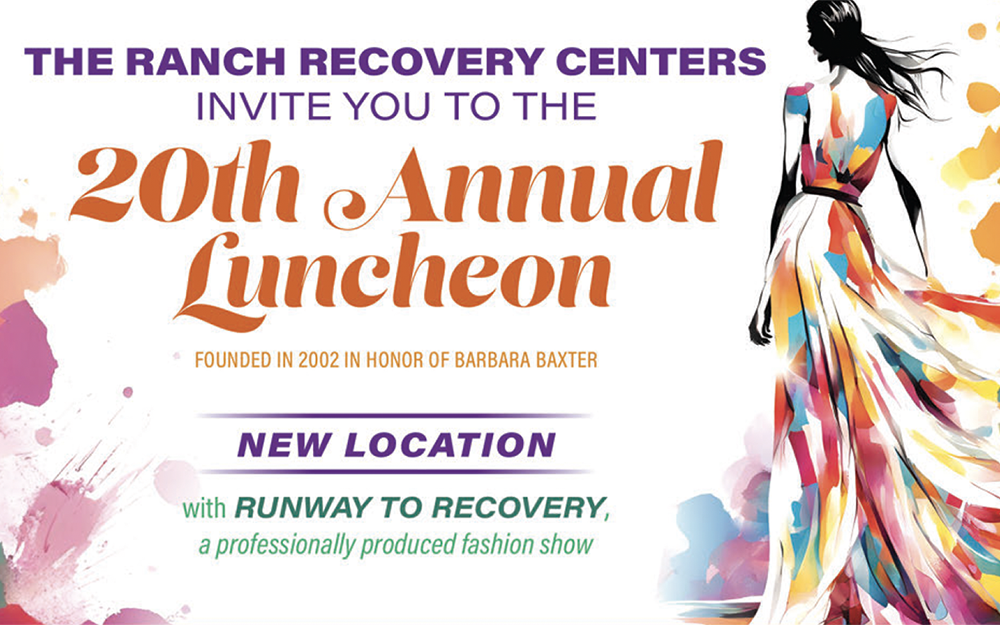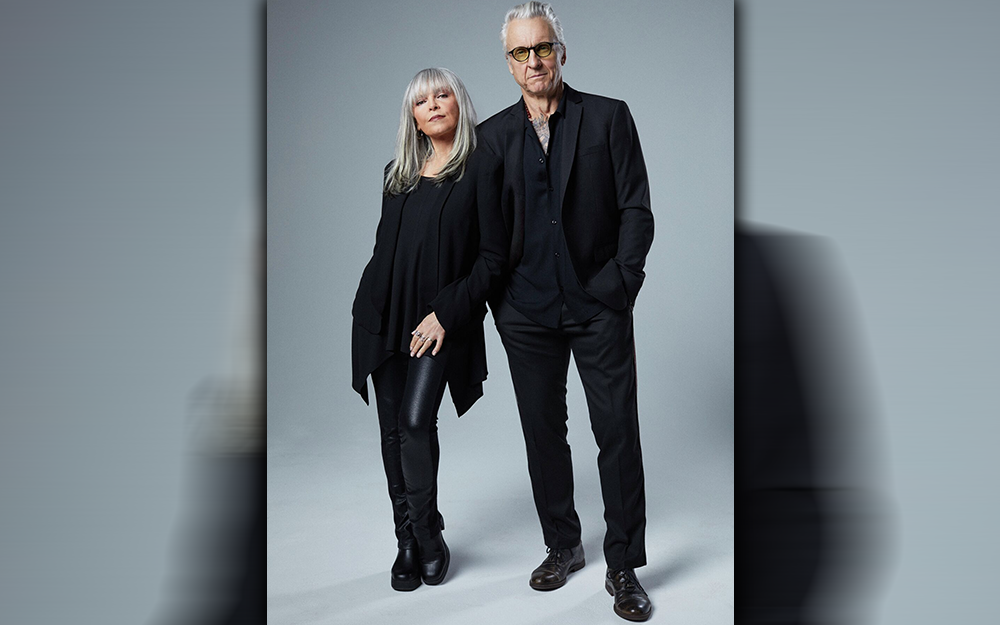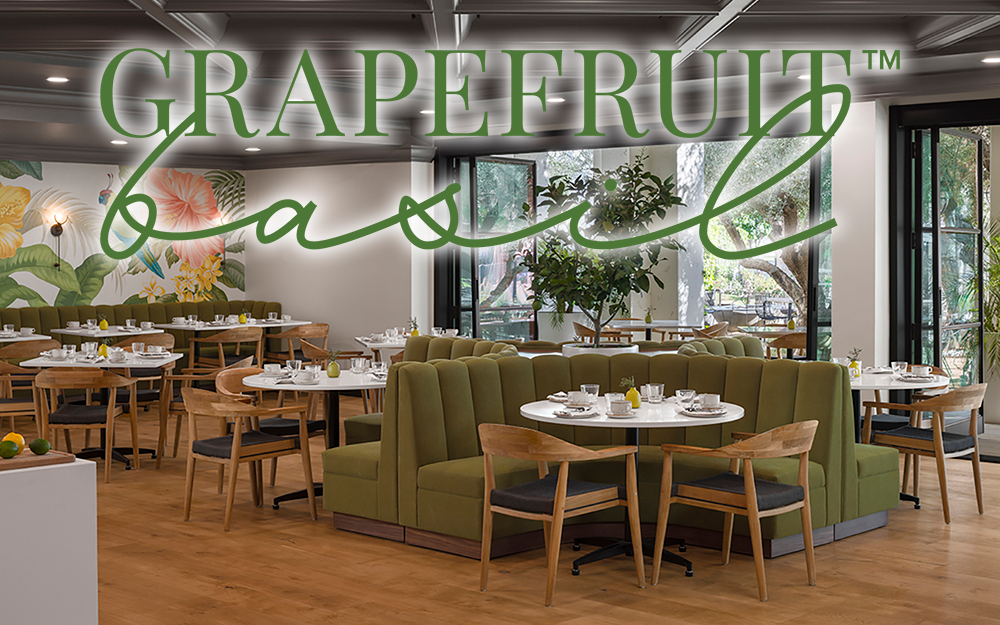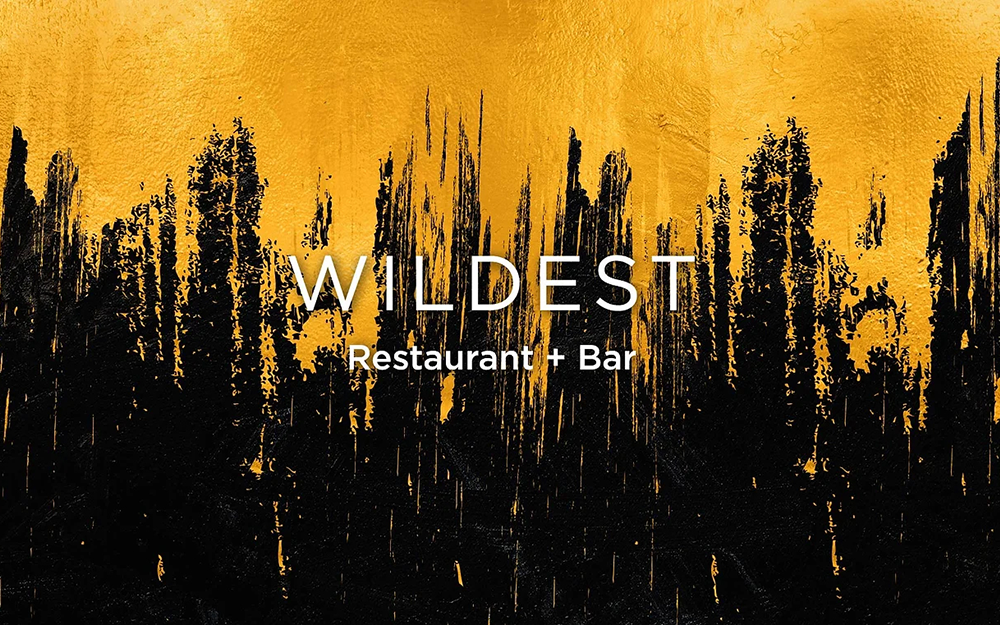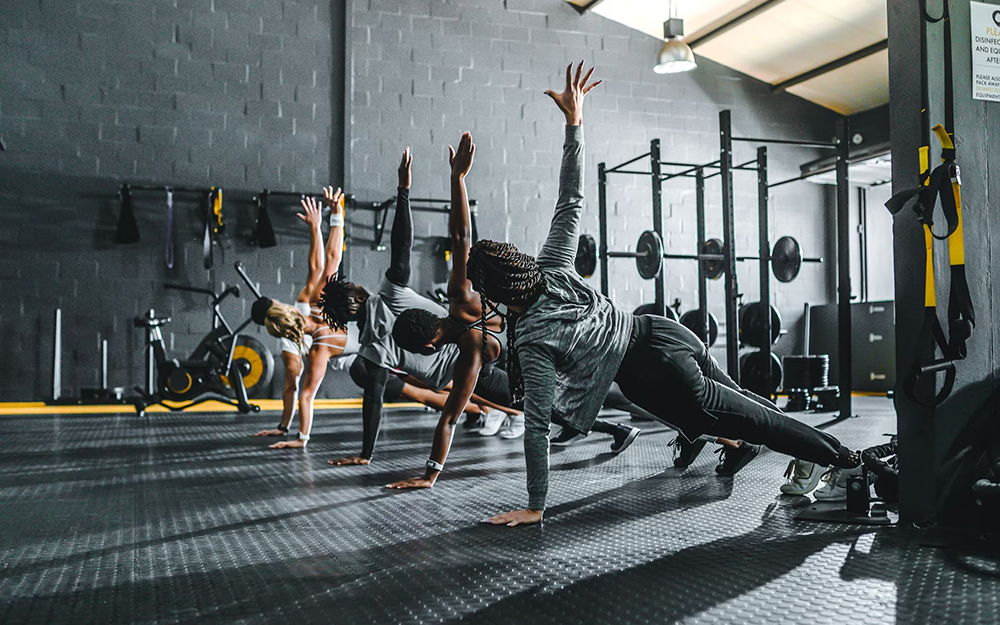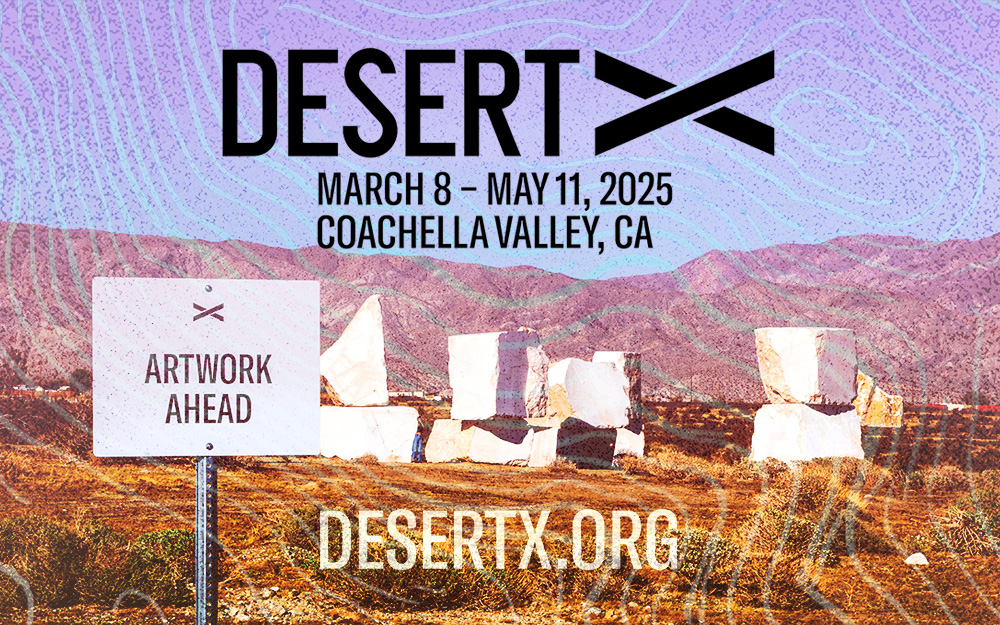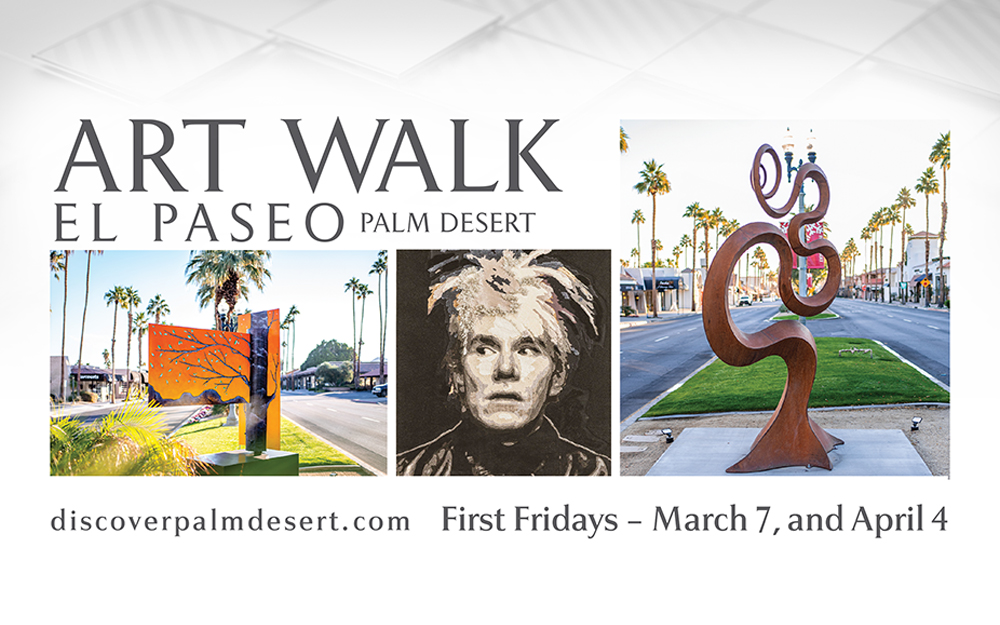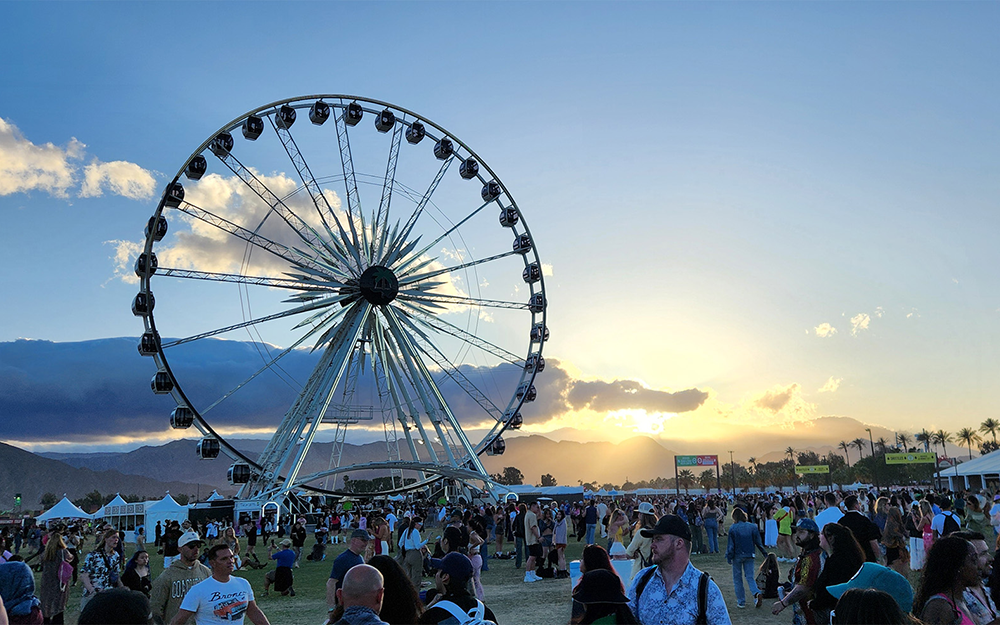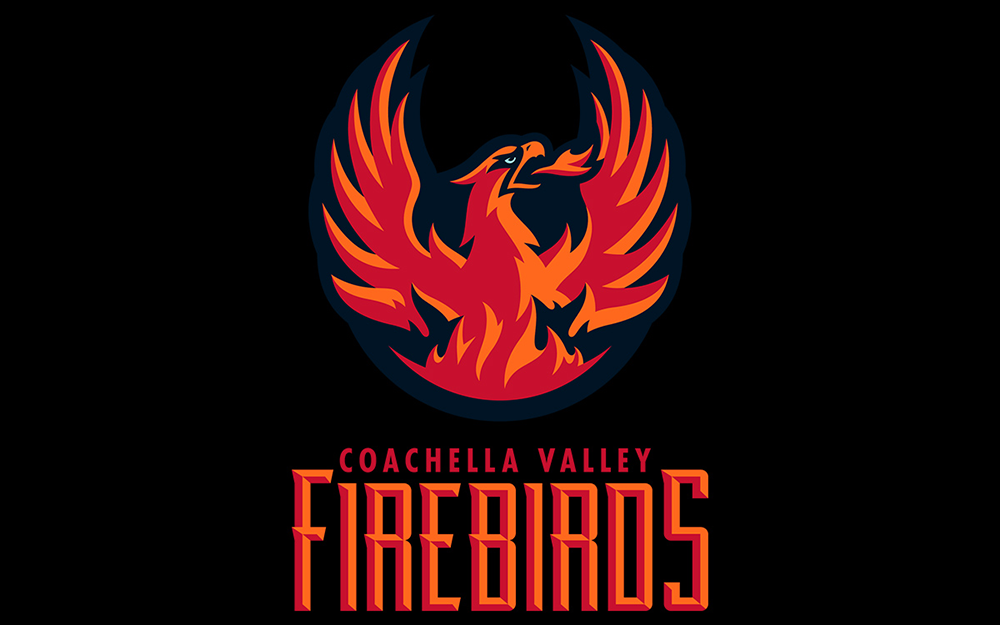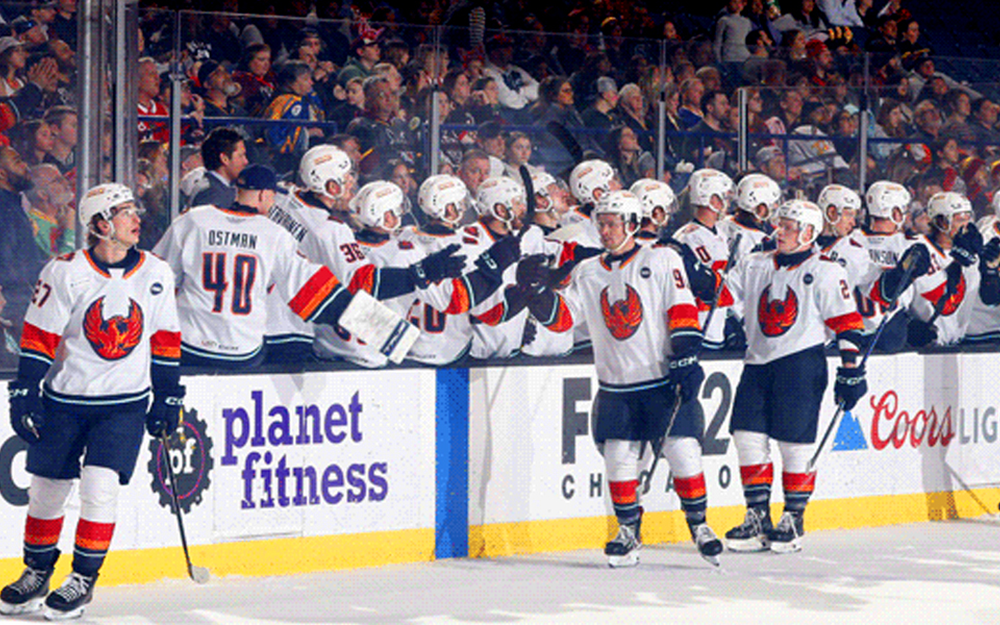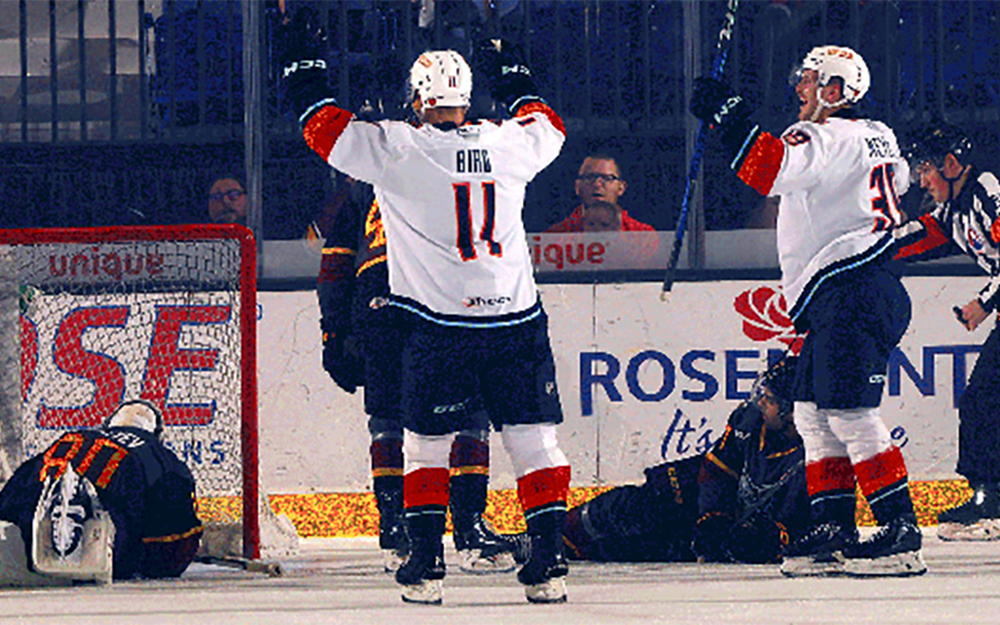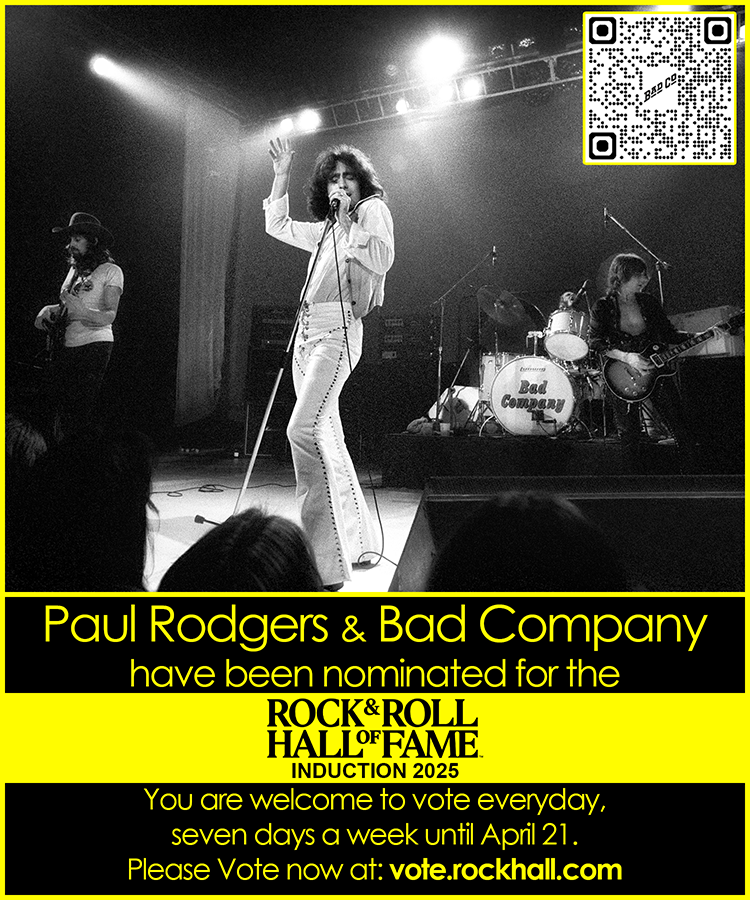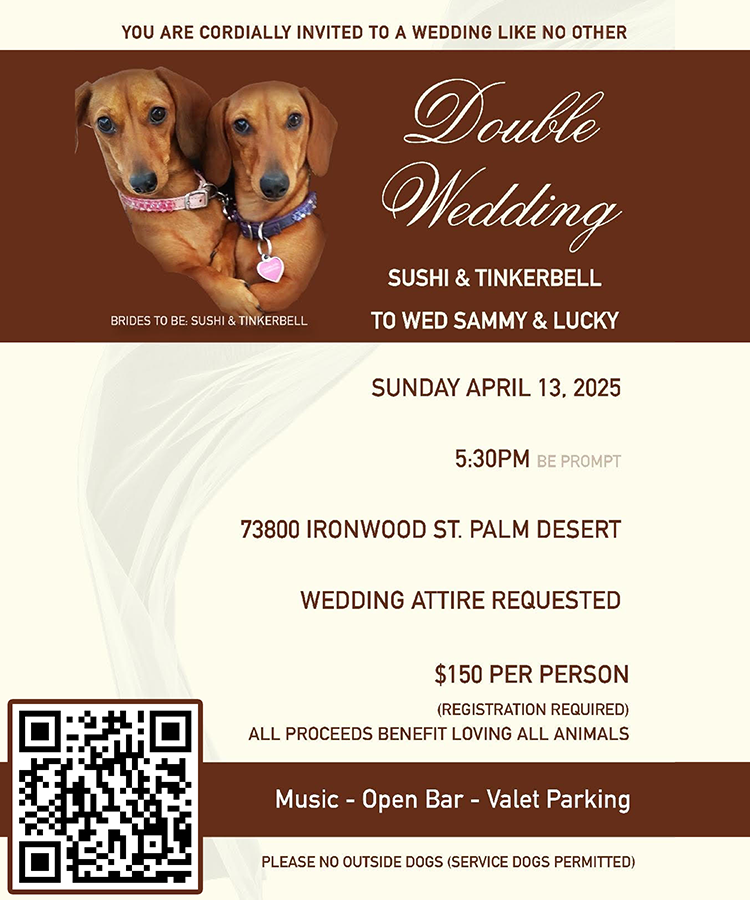
By Rick Riozza
The last time we covered the Italian Piemonte wine region was our article title “Got to Get to Gattinara”, where we talked about the very versatile Nebbiolo grape. We added a little drama to the story as we were scheduled for a winery visit whilst everything around us was going awry. But hey!–we were in Italy so no problem!
Our Barbaresco tour was a lot less hectic, indeed things got so relaxed that the Barbaresco wines we were to sample got mixed up with some Barolo bottles. Back in the states, this would be a problem our wine enthusiasts could deal with.
Barbaresco wine is named after the town of Barbaresco. The wine is only produced in specific areas of the Region Piedmonte: Barbaresco was given DOCG, Denominazione di Origine Controllata e Garantita,status in 1980. DOCG is the highest level of the quality Pyramid.
Barbaresco wines must be aged for a minimum of 2 years (at least 1 year in oak) prior to release and aged for at least 4 years to be considered a riserva. Well-made examples of Barbaresco wines are expected to be aged at least 5 to 10 years and longer.
Barbaresco is known for its elegance, some continue to drink well even after 20 years. The typical style of a Barbaresco has bouquets of roses or violets with flavor notes of cherry, truffles, fennel and licorice. As the wine ages, it can develop smoky notes and more earthy and flavors like licorice and tar.
Of course forever and ever, there is always the comparisons between the King of Italian Reds—Barolo (never an argument there), and its “younger” sibling—Barbaresco.
Both Barolo and Barbaresco are made from the Nebbiolo grape, a variety known for its high acidity, firm tannins, and complex aromas. Nebbiolo’s name is derived from “nebbia,” the Italian word for fog, reflecting the foggy conditions of the Piedmont region where it thrives. The grape’s ability to reflect its terroir makes it a favorite among wine enthusiasts.
For the wine nerds that care, despite being made from the same grape and produced in neighboring areas less than 10 miles from each other The wines of Barbaresco and Barolo do have some distinct differences. Located south of the river Tanaro, the Barbaresco zone receives a slight maritime influence which allows Nebbiolo to ripen here a little earlier than it does in the Barolo zone. This allows the grape to get to fermentation earlier with a shorter maceration time.
The early tannins in a young Barbaresco are not quite as harsh as Barolo. The most pronounced difference between the two wines is that the tannins of Barbaresco tend to soften quicker, which can make the wines more approachable to drink at an earlier age.
The smaller vineyard areas mean that annual production of Barbaresco is around 35% the production of Barolo.
Barolo has a deep garnet color. The aromas of Barolo include notes of roses, tar, truffles, cherries, and licorice. On the palate, Barolo is full-bodied with high tannins and acidity, often requiring years of aging to reach its peak. The flavors in Barolo include dark fruits, leather, tobacco, and earthy undertones.
Barbaresco on the other hand, also has a garnet color, often lighter than Barolo. The aromas of Barbaresco include floral notes, particularly roses and violets, along with red fruits and spices. On the palate, Barbaresco is slightly lighter-bodied than Barolo, with refined tannins and vibrant acidity. The flavors in Barbaresco include red berries, herbs, and anise.
Barbaresco must age for at least 24 months, with 9 months in wood. Riserva wines require 48 months of aging. While still capable of aging beautifully, Barbaresco tends to be more approachable in its youth compared to Barolo.
“A classic pairing with Barolo and Barbaresco is meat — the Fassona veal in Piedmont is famous— or game, but also intense cheeses,” national tradition offers many recipes of homemade pasta stuffed with meat that pair perfectly with Barbaresco and, personally, I would suggest lamb for Barolo.”
Pair Barolo with heartier fare like risotto, duck, and sausage tagliatelle, and sip Barbaresco with lighter dishes like salads, grilled chicken, and charcuterie.
So back in Piemonte, a group of us were preparing for a Barbaresco tasting. It was to be a blind tasting so all the individual wines were re-poured into brown bottles. Now there was also a Barolo tasting going on beside us, and you guessed it: we were all losing track of what we were tasting so we just ended up having a party!
And now, some of the wines that we tasted at the party:
2016 Produttori del Barbaresco Don Fiorino Riserva
Pale ruby in the glass, daybright. Nose of dried cherry, a bit of tar, rose petals. Lovely complexity on the palate, some tapenade green notes to go with the red fruit nose. Enveloping tannins
This was a stunning barbaresco. Aromas of cherry, earth, rose and some other floral notes. Palate was same as above plus a little chocolate and some woodsy/savory note. What was special though was the intensity of these flavors and aromas. I don’t think I’ve ever had a Nebbiolo with such density.
2019 Bricco-Spessa Barbaresco. Deep red garnet with classic brick red reflections. Warm and enveloping aroma with hints of plum jam and wild berries. Full-bodied, intense flavor between tannins and acidity.
Barbaresco ‘Angelo’ 2019 – Albino Rocca wild strawberries and blueberry jam serve as an overture to notes of pepper, rhubarb, cinchona and toasted stamps. The sip is material, silky and very soft tannins envelop the mouth towards a savory finish with continuous fruity references. Saluti!



